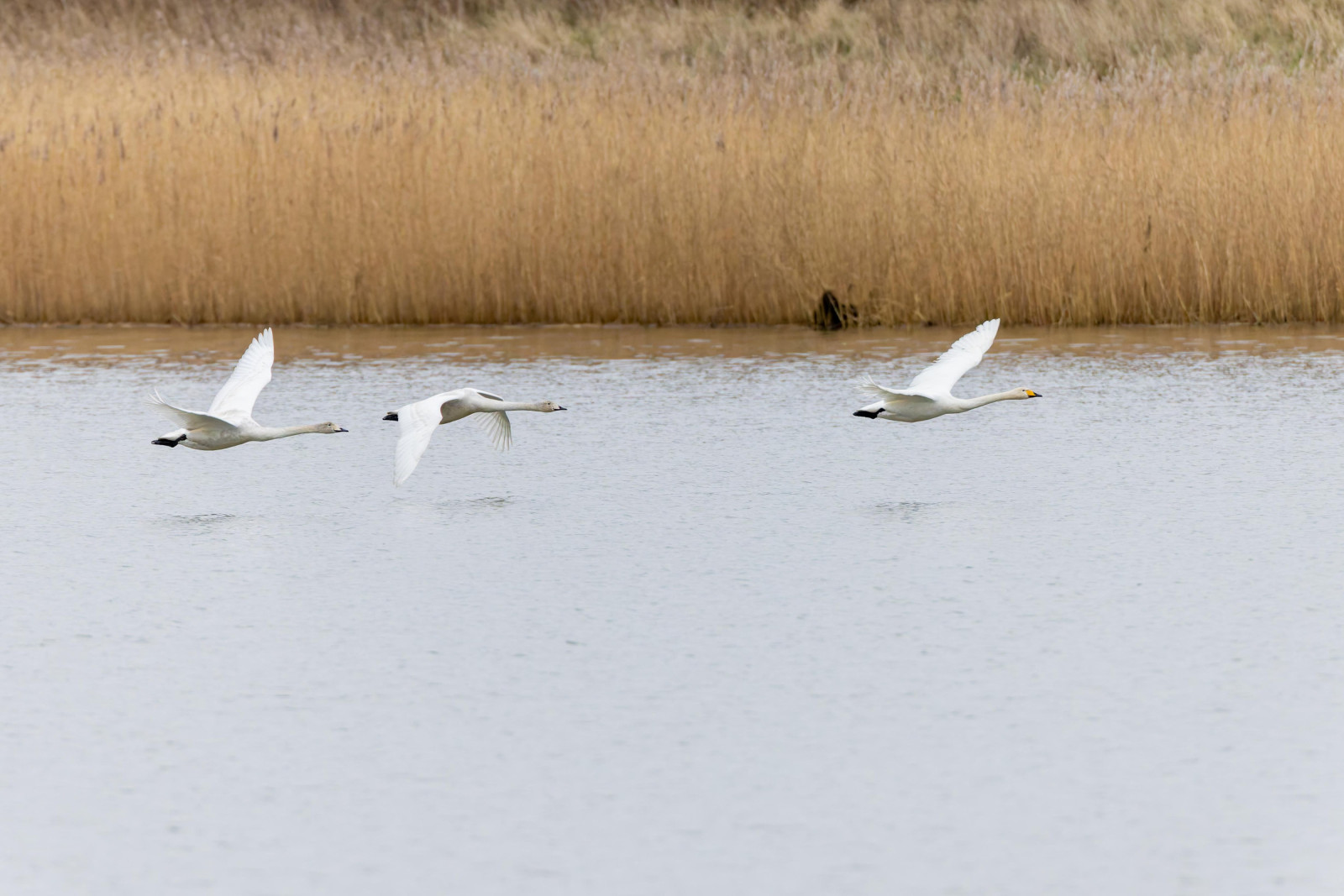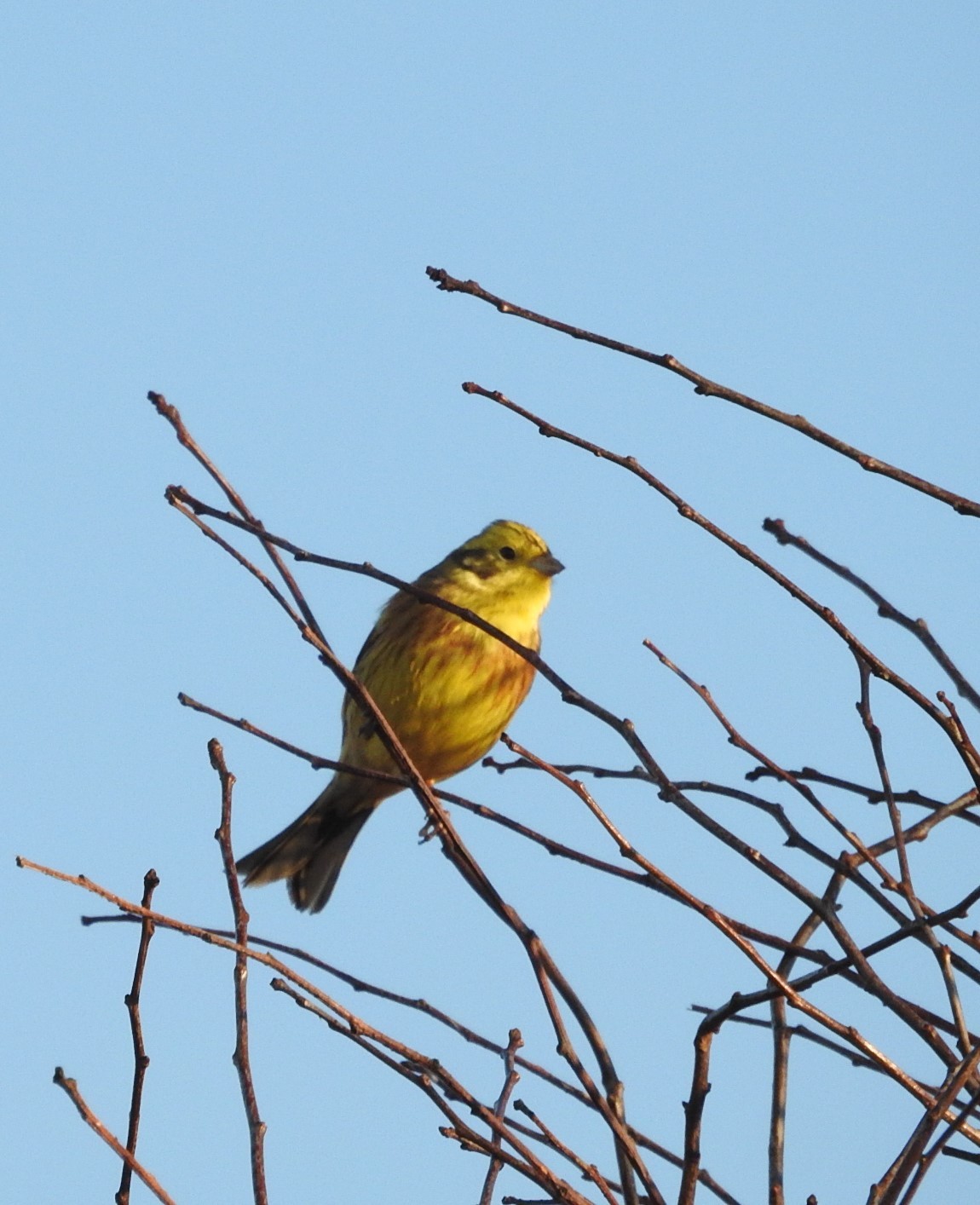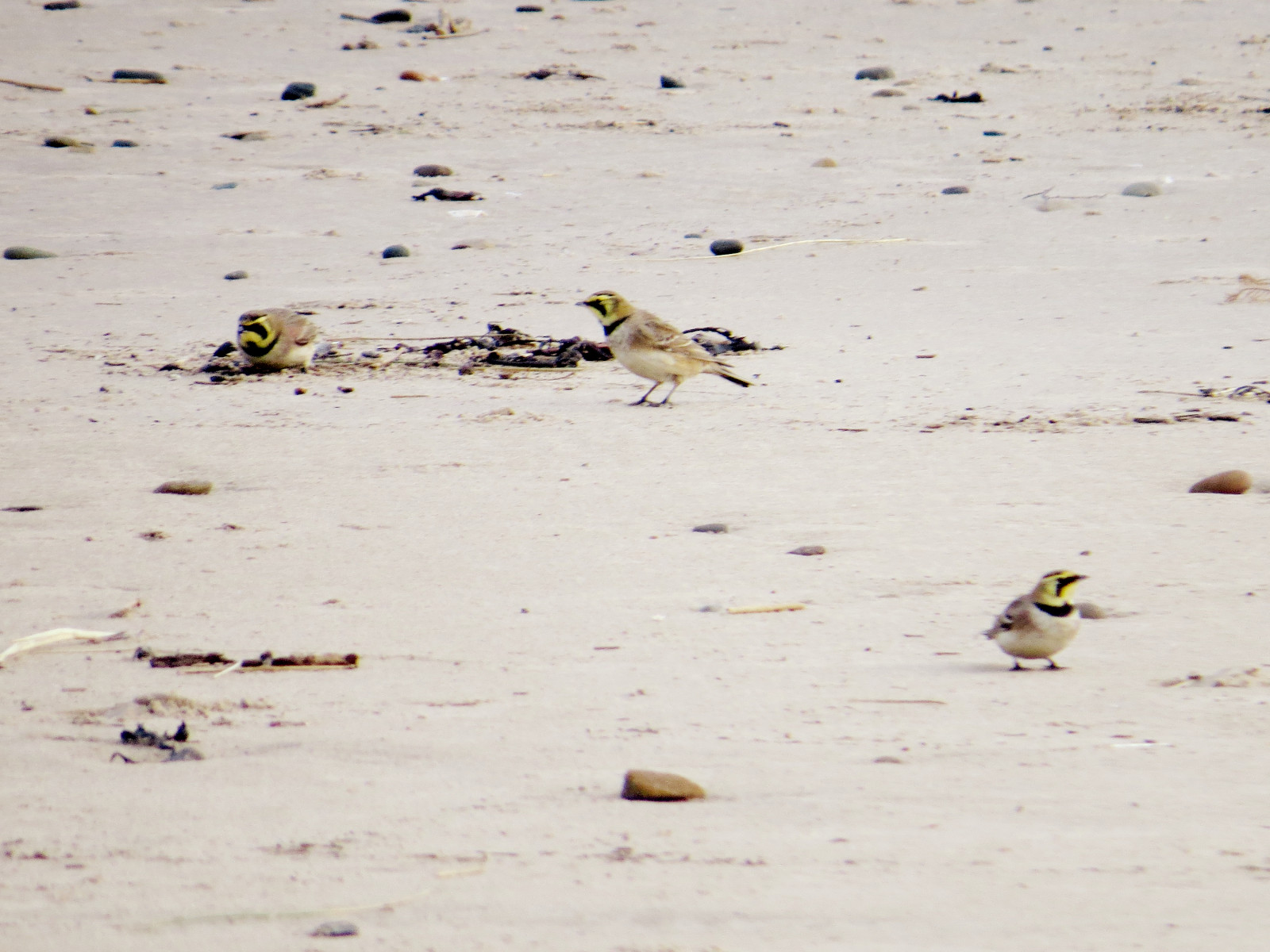Opis
błotniak stawowy is present throughout the year, with many seen on passage and wintering this year.
trzcinniczek (zwyczajny), wierzbówka zwyczajna, and świerszczak breed, among a wide variety of summer visitors.
piaskowiec and other roosting waders and gulls can be found on the beach, and in summer, terns including occasional rybitwa różowa. In winter, śnieguła and occasionally górniczek use the beach where the Chevington Burn runs out. Sea ducks such as edredon,markaczka and szlachar, and also nur rdzawoszyi, can be seen on the sea, along with nurzyk and maskonur from nearby Coquet Island.
raniuszek zwyczajny and a good variety of young woodland species including wintering czyż, czeczotka brazowa and sometimes czeczotka.
krakwa and good numbers of other wintering and breeding wildfowl; in winter it is worth checking the cyraneczka flocks for vagrant Green-winged Teal, which occur here surprisingly regularly.
Szczegóły
Dostęp
Parking available on reserve along a poorly maintained track. Alternatively, 'pay and display' parking is available in neaby Druridge Bay Country Park. Bus X18 from Newcastle to Red Row (nearest point to reserve). The National Cycle Network Route 1 runs along the east edge of the site.
Waterproof boots or wellingtons advisable in winter and wet periods.
The route around the south end of the reserve has narrow paths and can be very muddy.
Teren i siedlisko
Łąka , Wydmy , Trzcinowiska , Plaża , JezioroWarunki
Płaski , Piaszczysty , Otwarty krajobrazTrasa dookoła
TakCzy luneta będzie przydatna ?
Może być przydatnaUdany sezon obserwacyjny
Przez cały rokNajlepszy czas na wizytę
Zima , Lato , Wiosenne migracje , Wiosna , Jesień , Jesienne migracjeTrasa
Szeroka ścieżka , Droga nieutwardzona , Wąski szlakPoziom trudności szlaku pieszego
Średnio wymagający spacerDostępne
Pieszo , Rower , SamochódCzatownia/platforma obserwacyjna
TakDodatkowe informacje
I update information regularly on my blog (link below); use the search facility or archived months matching your visit to get an idea of what can be seen. Also on twitter: @DavidEe13975025




